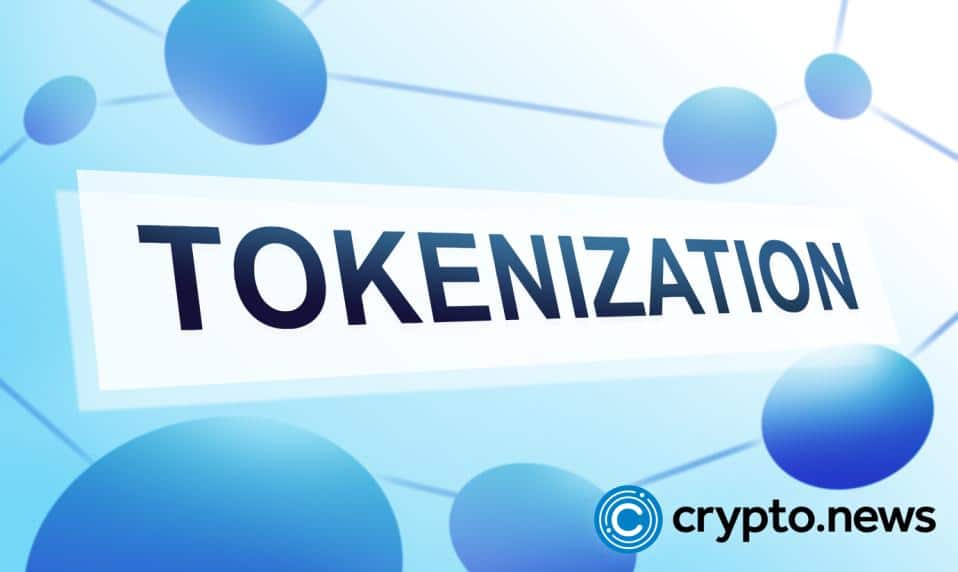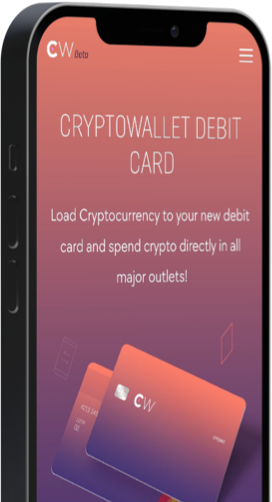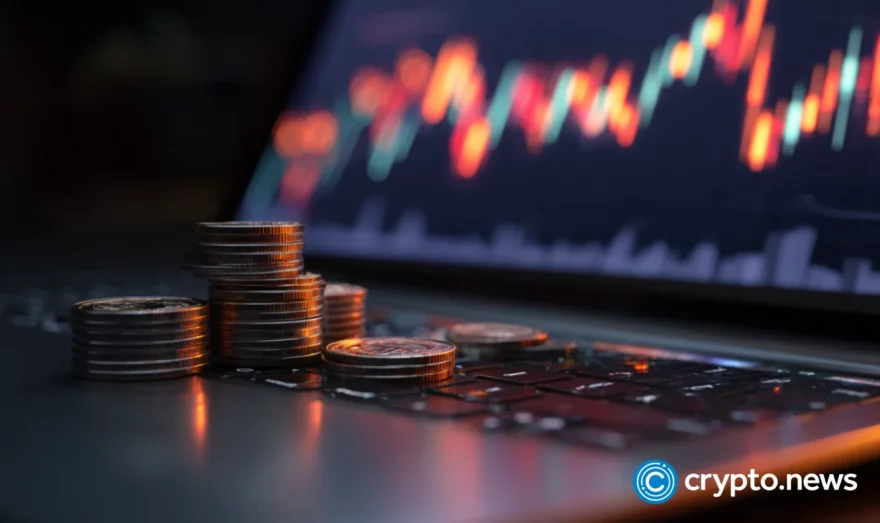Top 7 Benefits of Tokenization

Blockchain-powered tokenization opens the door to new capital-raising and investment opportunities. Read on to discover the most promising benefits of tokenization.
What Is Tokenization?
In crypto, tokenization refers to the transformation of rights and ownership of individual assets into digital tokens. Through the use of blockchain-based tokenization, most of the traditional procedures used to transfer assets to public and private markets become automated and more streamlined since they are tokenized and transferred via blockchain.

 Sign up today
Sign up today
The Benefits of Tokenization
Now, let’s take a look at the most powerful benefits of tokenization.
Enhanced Transparency
Increased transparency is one of the key advantages owners of digital tokens enjoy. Blockchain networks are open source software, meaning consumers have access to the blockchain’s source. Tech-savvy users can take advantage of this feature and always verify the authenticity of the software and ensure that it’s bug-free.
With tokenized assets, investors receive contracts defining token attributes and records of ownership. These contracts come with the rights and responsibilities a token holder is entitled to, such as knowing the identities of other traders on the platform. Additionally, blockchain provides anyone with information about all the transactions, meaning users get all the trading history attached to any asset.
Enhanced transparency brought about by tokenization goes a long way in cementing trust among stakeholders. Most importantly, transparency aids in alienating fraud and loss of assets to unscrupulous individuals.
Increased Liquidity
There are limits to the fractionalization of real-value tangible assets. For instance, selling 1/50 of an apartment block or 1/30 of a share is practically impossible. That is where tokenization can come in.
With tokenized assets, this limit barrier is eliminated, allowing for trading tokens representing fractions of proprietorship. Tokenization enables assets access to a broader investor base, which gives rise to increased market liquidity. Improved liquidity has proven helpful in ending the liquidity premium linked to investments such as real estate that are typically difficult and take time to sell.
The fine art sector is also a great example of how tokenization can help improve liquidity and attract new investors. Artworks displayed at auctions typically come at towering prices that aren’t affordable to retail investors. Luckily, tokenization allows issuers to assign digital representations of these pieces of art in the form of art NFTs, for example. That way, small investors can diversify their portfolio with fractional purchases since they will be within their investment abilities.
Reduced Costs
Selling a high-value asset in most cases requires legal assistance and intermediaries between sellers and buyers. They all charge for these services, and they never come cheap. However, with tokenization, investors can trade on the same asset without the need for go-betweens.
The blockchain holds all the information relating to the tokenized asset, which eliminates the need for paperwork. It allows for enhanced efficiency in the administrative procedures associated with asset sales, such as buybacks and profit sharing, that eventually translate to decreased costs.
In contrast to traditional private placement, blockchain tokenization has seen a gradual decline in costs. For example, bond issuance costs in blockchain tokenization have been reduced by up to 90%, whereas fundraising costs have been reduced by up to 40%. Additionally, automation made possible by tokenization allows not only cheaper transactions but also faster ones, and traders can execute transactions at any time.
Divisibility of Assets
One of the most significant benefits of tokenization is the ability to divide assets into numerous digital shares represented by tokens. With this ability, assets are converted into fractions, providing better liquidity prospects for ownership of fractional assets. Division of assets enables shared ownership to flourish among consumers, where numerous individuals purchase a single asset.
Shared ownership pays off in cases where usage takes precedence over proprietorship, like in shared vacation homes, where users decide on dates that each will be vacationing. In addition, assets’ divisibility removes the barriers to entry for many investors. People can buy and sell expensive assets in small denominations, so no one is locked out over the high cost.
Immutability
Another major perk of using the blockchain infrastructure, compared to traditional databases, is that it can’t be easily corrected, deleted, or altered once information is stored. Blockchains store data in blocks secured by cryptography, which explains why the technology is gaining traction in corporate databases and online banking systems. Contrary to the run-of-the-mill databases prone to hacking and other unwanted third-party access, blockchain is decentralized, making it only accessible to legitimate users.
In tokenization, immutability is an added advantage as it allows users to keep track of digital tokens. Consumers get information concerning issuers of the token and when it was created. Moreover, information on who and when a particular token was sold and for how much is also available. Getting a clear history of tokens boosts investors’ trust levels, thus increasing their chances of trading. Immutability ends traders’ fear of fraud losses, as they are assured that tokens are traceable and will always be returned to rightful owners in theft cases.
Single Source of Truth
Many organizations collect large quantities of information about various assets. However, mapping and linking various data points such as product ownership, IP rights, and licenses becomes problematic. Due to the complexity of this mapping, a wide array of digital points associated with one asset may arise, creating unforeseen difficulties for users. That’s where tokenization comes in to provide a single source of truth.
Blockchain tokenization provides users with a unique layer of trust. All the necessary details attached to a particular asset are available on this layer, making it easier for buyers and sellers to share data collectively. It enables enhanced efficiency as users in a platform only have to deal with one digital representation of each asset.
Safety and Security
Digital tokens and transactions are safe and secure courtesy of the distribution registry and cryptography used in blockchains. Cryptography ensures that some data in blockchains remains confidential and is only accessible by using secret keys. With cryptography, users can store encrypted financial data of tokenized assets in open databases, and only their decryption keys can obtain the saved information. It is worth noting that decryption keys used in cryptography give users access to specific information and not all the available data in a system.
What’s more, the distribution registry allows all the information in blockchains to be stored on various devices. The user data is stored in the form of synchronized copies. New entries in the system can only be made if the majority of users agree to it. Using a distribution registry in tokenization improves the safety and security of the information it stores.
FAQs
What Is a Token?
A Token, also known as a crypto token or digital token, is a unit of value used by blockchain infrastructure when fractionalizing real-world assets.
What Is Asset Tokenization?
Asset tokenization refers to the issuance of a crypto token that represents real-world or even digital assets. With asset tokenization, investors can exchange, buy, and sell digital assets on the blockchain ledger, while companies possess a new way to raise capital at a lower cost than in the traditional securities markets.
How Does Tokenization Work?
To tokenize an asset, an issuer must employ the use of smart contracts that turn physical assets into digital ones. Upon fulfilling all the conditions on these contracts, investors can start transacting using crypto tokens.
Are There Benefits Associated with Tokenization?
Yes. There are many benefits that investors enjoy from asset tokenization. Some of the key benefits include the divisibility of illiquid assets, asset safety and security, immutability, and increased liquidity.














